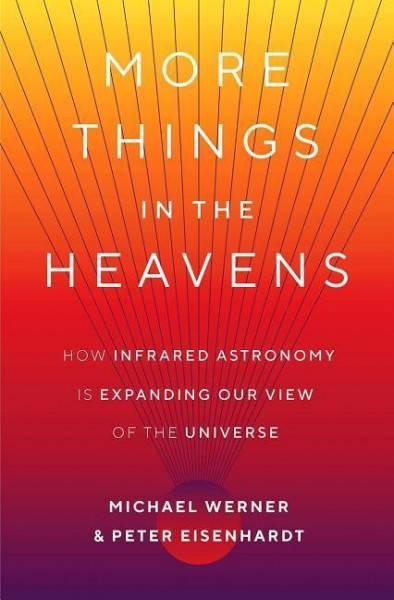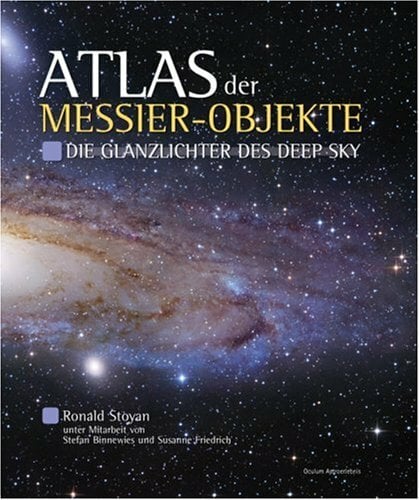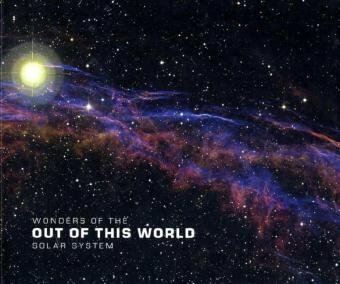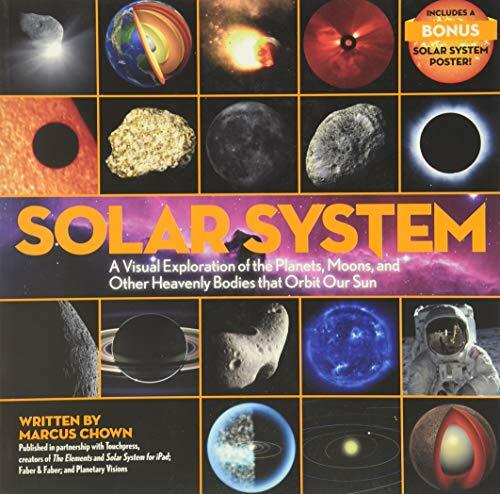
More Things in the Heavens
Kurzinformation
inkl. MwSt. Versandinformationen
Artikel zZt. nicht lieferbar
Artikel zZt. nicht lieferbar

Beschreibung
Astronomers have been studying the heavens for thousands of years, but until recently much of the cosmos has been invisible to the human eye. Launched in 2003, the Spitzer Space Telescope has brought the infrared universe into focus as never before. Michael Werner and Peter Eisenhardt are among the scientists who worked for decades to bring this historic mission to life. Here is their inside story of how Spitzer continues to carry out cutting-edge infrared astronomy to help answer fundamental questions that have intrigued humankind for time immemorial: Where did we come from? How did the universe evolve? Are we alone? In this panoramic book, Werner and Eisenhardt take readers on a breathtaking guided tour of the cosmos in the infrared, beginning in our solar system and venturing ever outward toward the distant origins of the expanding universe. They explain how astronomers use the infrared to observe celestial bodies that are too cold or too far away for their light to be seen by the eye, to conduct deep surveys of galaxies as they appeared at the dawn of time, and to peer through dense cosmic clouds that obscure major events in the life cycles of planets, stars, and galaxies. von Werner, Michael
Produktdetails

So garantieren wir Dir zu jeder Zeit Premiumqualität.
Über den Autor
Michael Werner is a senior research scientist at the NASA Jet Propulsion Laboratory, California Institute of Technology. He has been the lead scientist for the Spitzer Space Telescope since 1984. He lives in Pasadena, California. Peter Eisenhardt is a senior research scientist at the Jet Propulsion Laboratory. He received NASA's Exceptional Scientific Achievement Medal for his work on Spitzer. He lives in Altadena, California.

- paperback -
- Erschienen 2009
- Tyndale House Publishers

- paperback
- 300 Seiten
- Erschienen 1999
- Hänssler

- paperback
- 96 Seiten
- Erschienen 2024
- Kosmos

- Gebunden
- 32 Seiten
- Erschienen 2017
- Verlag Herder

- hardcover
- 264 Seiten
- Erschienen 1986
- Stuttgart ; Wien : Thienema...

- paperback
- 112 Seiten
- Erschienen 2005
- MOSAICSTONES







































